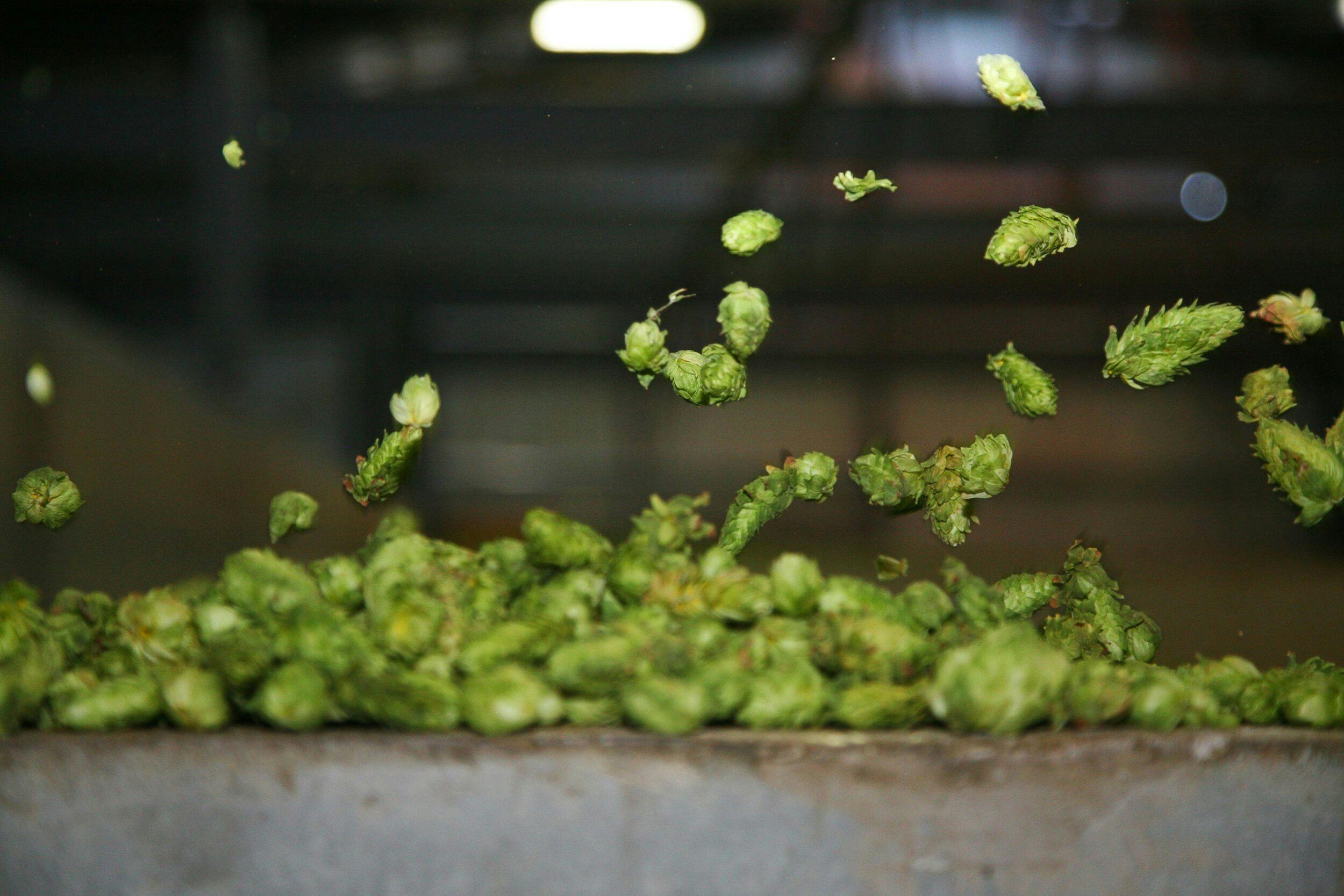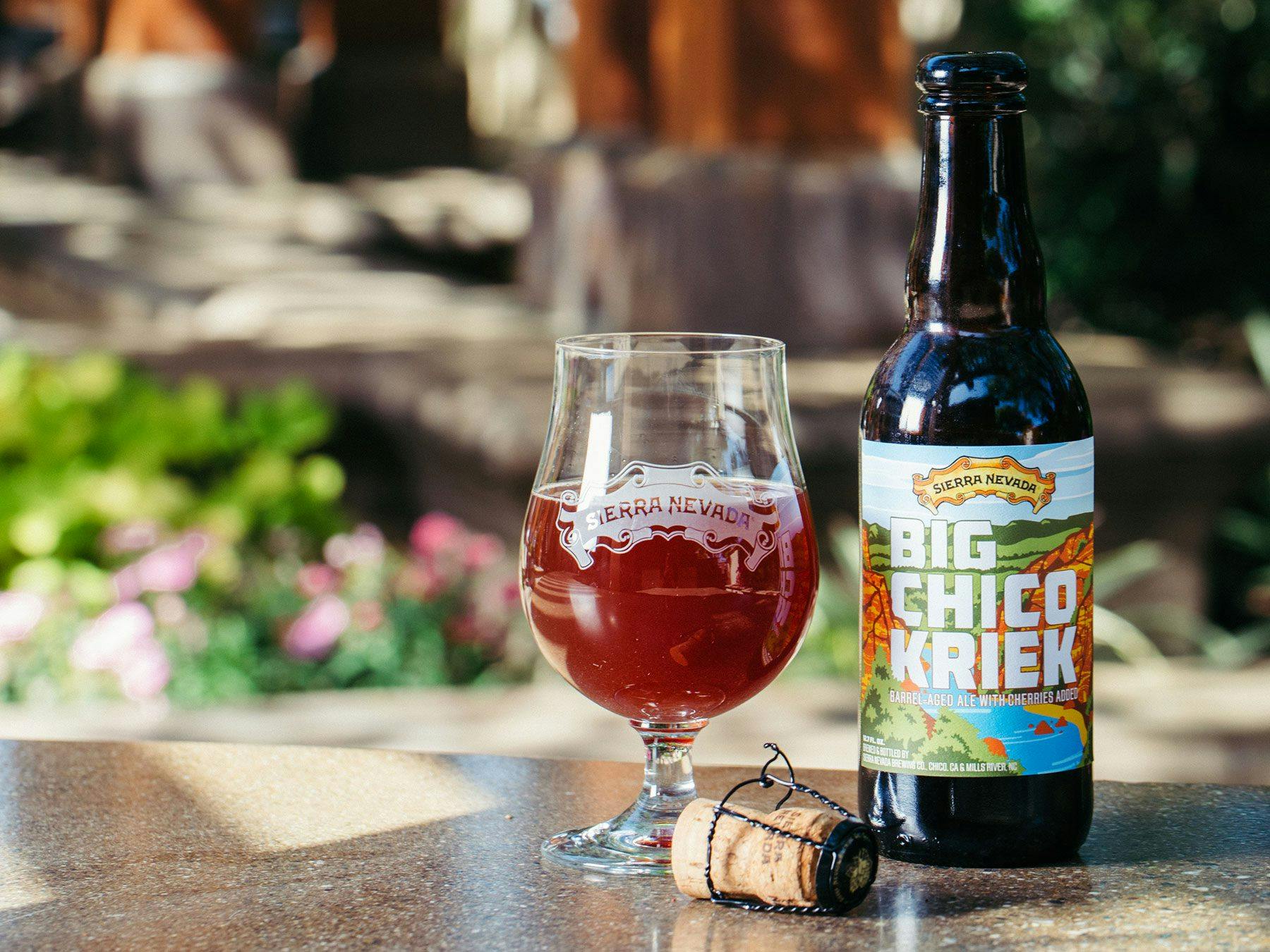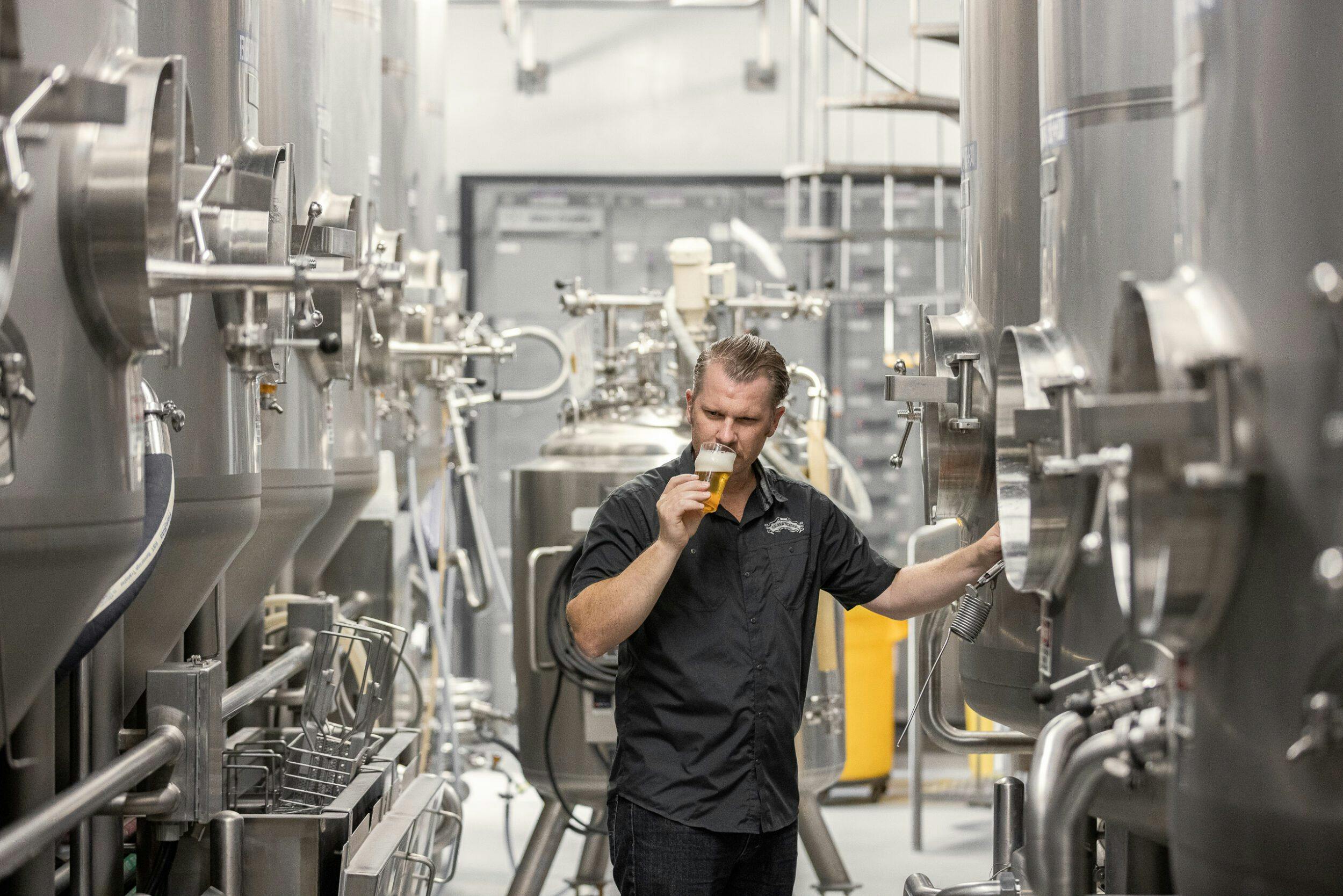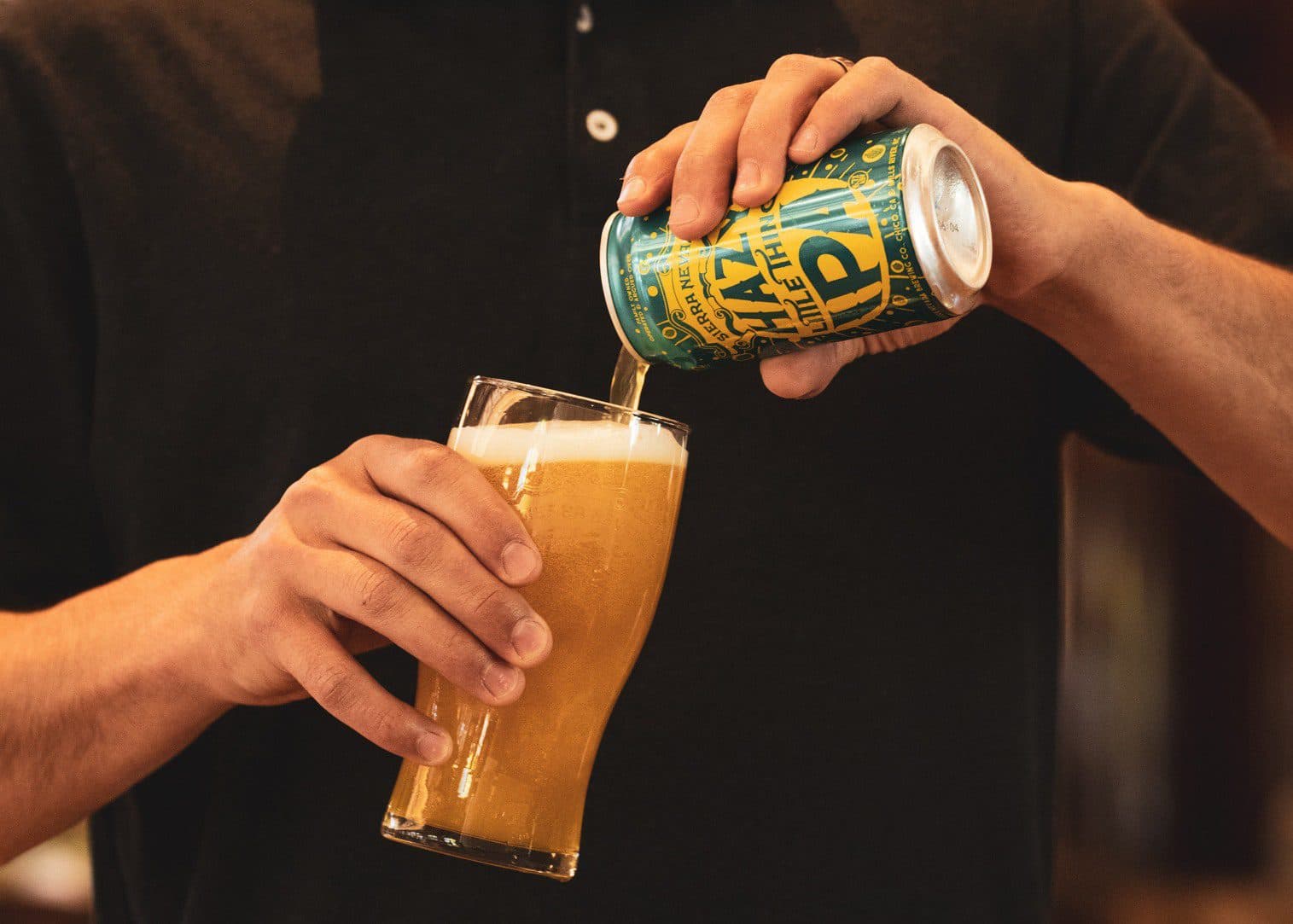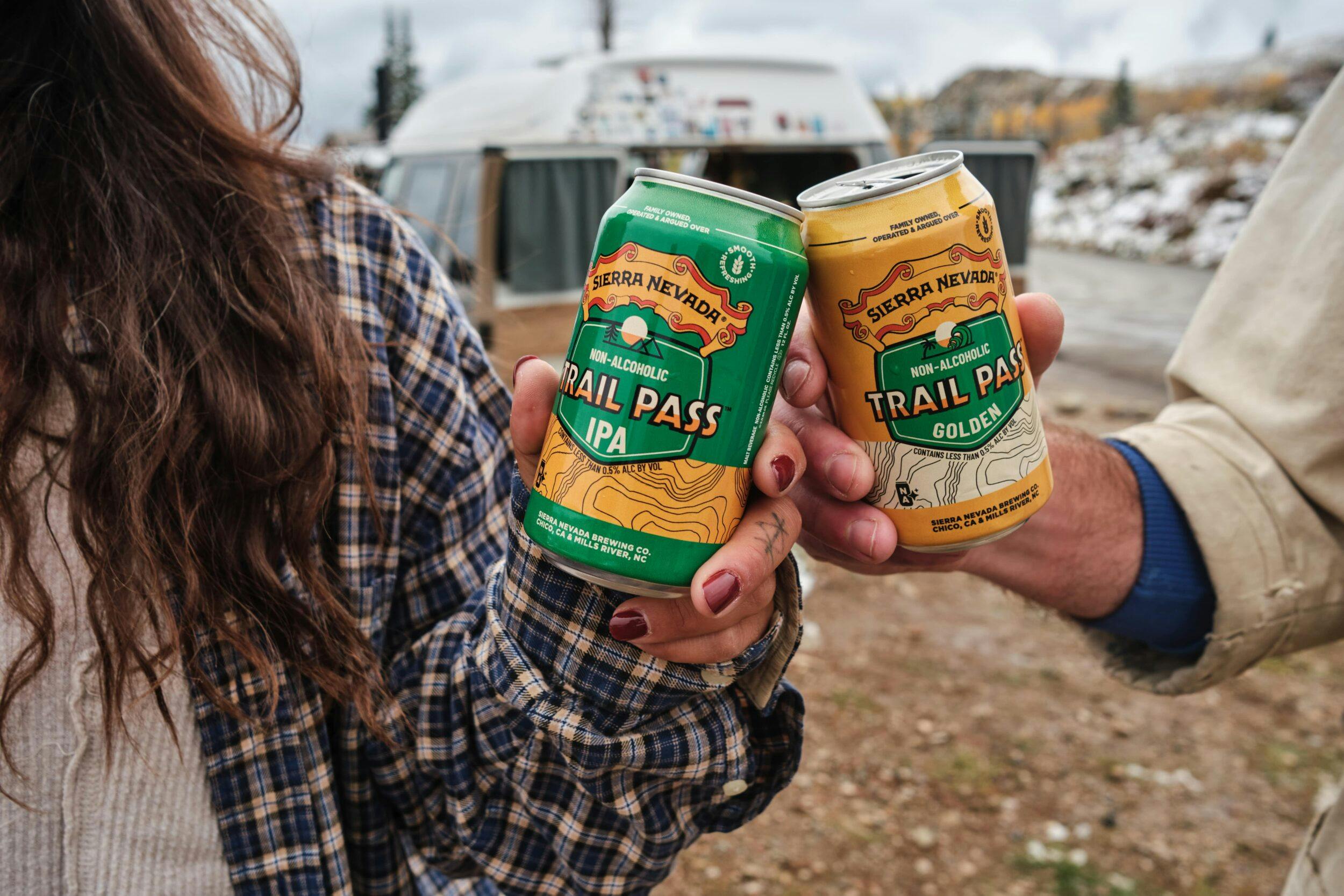
Dimethyl Sulfide: The Science Behind Beer Aromas
When next you go to the ocean, take a deep breath. What do you smell? Dimethyl sulfide, usually abbreviated to DMS. It comes from the seaweed (and the crabs). You can get the same smell by opening a can of corn. And there’s lots of other foods with aromas that are, at least in part, due to DMS. That includes certain beers — most often considered a defect, though some brewers intentionally showcase it.
The same applies to diacetyl. This is the substance that gives the popcorn or butterscotch aroma to beer. For most brews it is very much a no-no, but pop over to Prague and you will find it in the local pilsner. And those guys drink more per person than any other nation on the planet.
Dunkels & Doppelbocks
The chances are that this aroma will be more detectable in a blander beer than a more fully flavored one. Although we worry about its presence, it is generally more of an issue for lager-style products. However, that is too general a statement. Not all lagers have a delicate flavor by any means. Think of the dunkels, darker lagers that are likely to have a maltier flavor than, say, a pilsner. Then there are the doppelbocks, which are even more malty and, of course, replete in alcohol.
Dry Hopping
Turning to ales, there is a greater likelihood of a touch of diacetyl in some of them, though you certainly aren’t likely to find its aroma in those beers that received a lot of dry hopping. This is the addition of hops to the finished beer, to allow the extraction of copious amounts of hop oil and the delivery of powerful hoppy noses. Much loved hereabouts, from Hazy Little Thing to the holiday classic Celebration IPA.
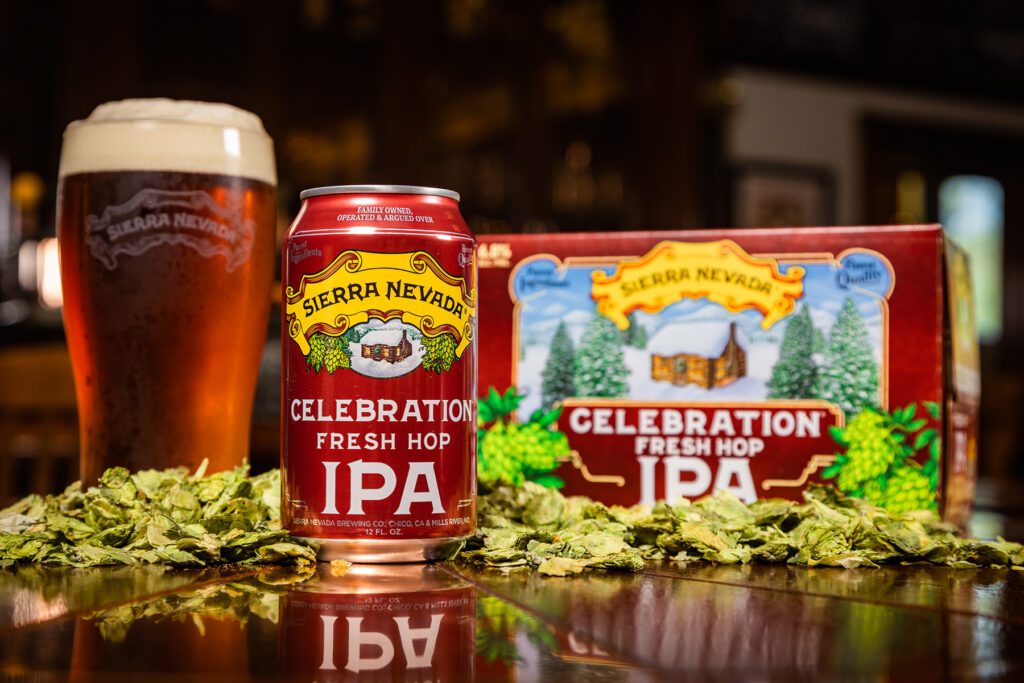
The cultivation and growing of hops is a challenge. All that trellis work and training of the plants. Hops can grow up to 16 feet high. Stilts are not unknown as tools for the hop grower. There is much interest, then, in hops that grow to a much smaller height, perhaps half as tall as “regular” hops. They are known as dwarf hops, or hedge hops, and Sierra Nevada has at least one dwarf-hop beer in the archive.
Draft Beer
In terms of diacetyl, perhaps the biggest risk is with draft beer, that is, beer on tap. If the dispense lines are not cleaned efficiently, there is a risk of bacteria growing in the tubing, organisms that produce crazy-high levels of this aroma. Incidentally, a beer in can or bottle that is called draft is one that is not pasteurized.
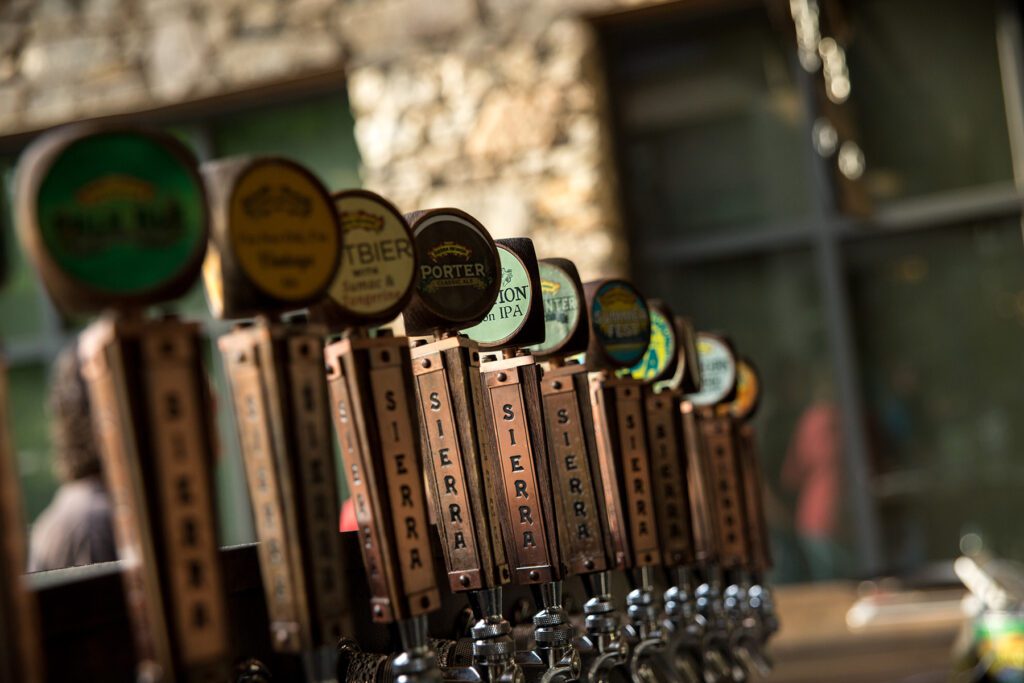
Dried Yeast
If an uncontaminated beer is not going to display a diacetyl off-flavor, then it is essential that the fermentation is conducted efficiently. And that includes using quality yeast. If the fermentation is not leading to a beer with higher alcohol levels, it is usually possible to collect the yeast after fermentation and use it in a subsequent fermentation. The yeast is handled as a liquid suspension. However some brewers (usually smaller ones) have taken a lead from wine makers and use dried yeast. This is yeast from supplier companies that carefully dry the organism and sell it as a more stable and convenient way to handle.
There’s many a brewer (and brewing scientist) who is not a fan of this approach. It does not form a part of their mindset in achieving fermentation excellence. There are so many factors that can impact the way in which yeast behaves in the brewery. Another one is the stage at which it is added to the wort. In larger breweries it is very common to have fermenters which contain a lot more wort than is brewed in a single brewing operation. In other words, two or more batches of wort from the brewhouse are filled into a single fermenter. The Germans call this drauflassen. The yeast is normally added to the first batch of wort. The precise stage at which the yeast is added matters greatly.
Deaerated Water
Of course, brewers vary greatly in their beliefs and preferences. Many of the huge brewers take an approach called high-gravity brewing. The wort being fermented is much stronger than is needed to give a certain alcohol content at the end of the process. When fermentation is complete, the brewer adds water to adjust the alcohol content to that needed. That water must not have any oxygen in it, so the gas is removed and we have deaerated water. The impact of this process is that at the end of the day, every fermenter yields more final product — it is very much about economics.
Decoction Mashing
Whether a brewer takes this approach is very much about their belief set. But then again, so it is for so much else in brewing. In Germany they have long since employed decoction mashing. In this approach the milled malt is mixed with water at a relatively low temperature (say 40˚C or 104˚F), thereby starting the mashing at a low temperature that allows some of the enzymes that don’t like heat to get their job done. Then a portion of the mash is withdrawn, boiled in a separate vessel, and added back to the first tank to raise the temperature to a level that is suited to the more heat-resistant enzymes (including the ones that break down the starch and that are collectively known as diastatic power; these are the enzymes that produce the fermentable sugars, together with the non-fermentable residue from the starch that is known as dextrin). In modern brewhouses there is no need to do this as the temperature in the mash can be increased by passing steam through the jackets that are around the mashing vessel.
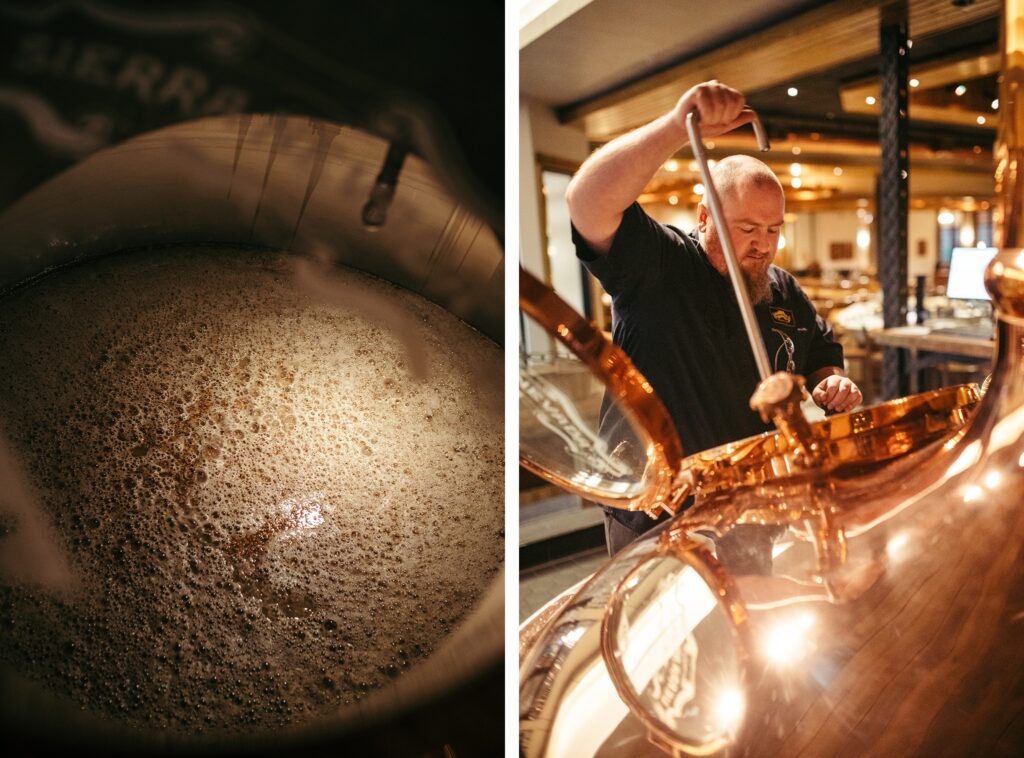
Direct Firing
Steam is the main vehicle for heating vessels these days. Pretty much gone are the days that vessels, especially the kettle in which wort is boiled, were heated by lighting a fire underneath the pot. That was called direct firing. Remember Stroh Signature, anyone?
Double Mashing
The nearest thing to decoction mashing is an approach called double mashing. This is a technique for dealing with adjuncts such as rice and corn. The starch in these grains needs to be heated to a very high temperature to bring it into a form that can be broken down by the enzymes from the malt. What the brewer does is start the milled malt mashing at a low temperature in the mash mixer while the slurry of rice or corn grits is boiled in a cereal cooker. Then, once the adjunct starch has been rendered in a digestible form, the contents of the cereal cooker are pumped over to the main mash. This raises the temperature in the main mash, and now the malt enzymes can break down the starch from both the malt and the adjunct.
The main product of the enzyme action is maltose, which basically is two glucoses linked together. Glucose can be used as an adjunct or added to the finished product, either to adjust sweetness or for residual yeast to convert into “natural” carbonation. Under these circumstances glucose tends to be named dextrose.
– Charlie Bamforth
